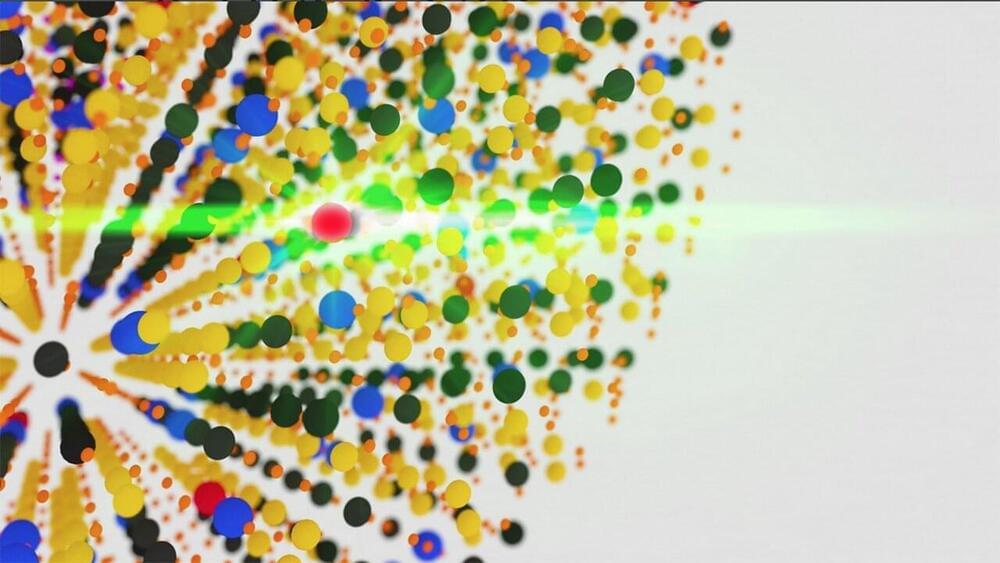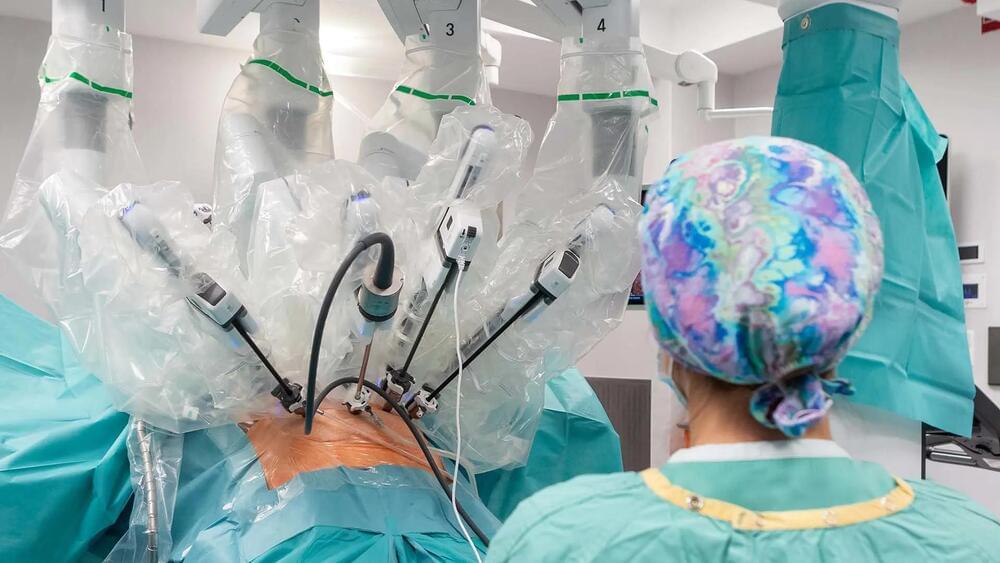Mechanical force is an essential feature for many physical and biological processes. Remote measurement of mechanical signals with high sensitivity and spatial resolution is needed for a wide range of applications, from robotics to cellular biophysics and medicine and even to space travel. Nanoscale luminescent force sensors excel at measuring piconewton forces, while larger sensors have proven powerful in probing micronewton forces.
However, large gaps remain in the force magnitudes that can be probed remotely from subsurface or interfacial sites, and no individual, non-invasive sensor has yet been able to make measurements over the large dynamic range needed to understand many systems.







